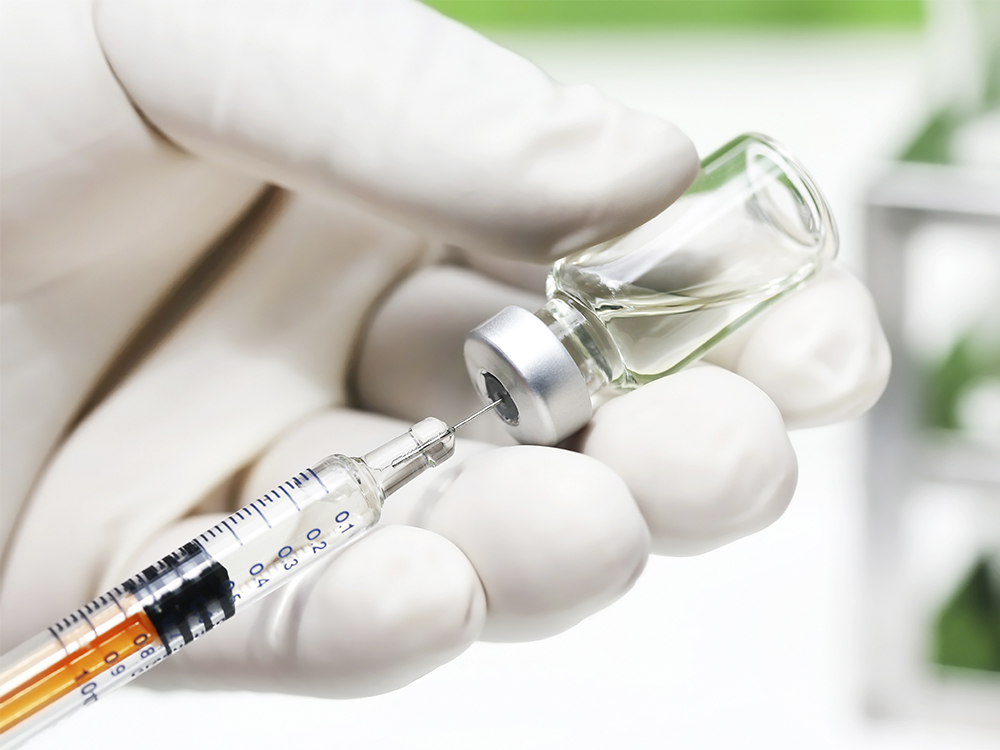Timely Topic: COVID-19 Vaccine Success Depends on Monitoring Thermal Exposure
11.04.2020

As the COVID-19 pandemic continues to rage on, the race to develop a safe and effective vaccine against the disease is heating up.
But it is heat itself that poses a major challenge to delivering a vaccine from factory to patient, not only in developed countries but especially in resource-limited regions.
Vaccines are temperature sensitive, and in order to remain effective, they must be kept in a temperature-controlled supply chain, or cold chain. Some of the most promising COVID-19 vaccine candidates require ultra-cold refrigeration, as cold as minus 80 degrees Celsius (minus 112 degrees Fahrenheit).
Thanks in part to a University of Texas at Dallas scientist, the technology exists to monitor a vaccine vial’s accumulated thermal exposure in the same way as this exposure effects vaccine potency.
Vaccine vial monitors, or time-temperature indicators, are “smart labels” attached to each vial that visibly identify with a color change whether a vaccine has suffered damage from thermal exposure at any point or cumulatively during storage or transportation. More than 8 billion of these indicators, costing about 6 cents per device, have been so far used. By ensuring individuals receive a viable vaccine, this simple label has saved an estimated millions of lives worldwide.
The concept for such time-temperature indicators was developed in the 1970s by Dr. Ray Baughman, the Robert A. Welch Distinguished Chair in Chemistry at UT Dallas who was then a materials scientist at Allied Chemical Corp. (which later became part of Honeywell International Inc.), and Dr. John R. Allegra, an emergency medicine physician at Morristown Medical Center in New Jersey.
In a commentary published in the Oct. 21 issue of the journal Vaccine, Baughman and Allegra call on developers of COVID-19 vaccines to share publicly information that can help speed the delivery of lifesaving medicine.
“Our immediate request is that developers of COVID-19 vaccines make publicly available detailed information on the effects of time and temperature on vaccine potency even before human trials are completed, so that all potential time-temperature indicator developers have time to produce reliable indicators,” Baughman and Allegra wrote.
“Our sole purpose in writing this commentary is to help ensure that time-temperature indicators that match the thermal degradation characteristics of potential COVID-19 vaccines are produced in a timely manner,” Baughman said. “These indicators can be critically important for distributing viable vaccines for countries that do not have a reliable cold chain.”
–Amanda Siegfried
Tags: COVID-19, Dr. Ray Baughman, NSM, Timely Topic